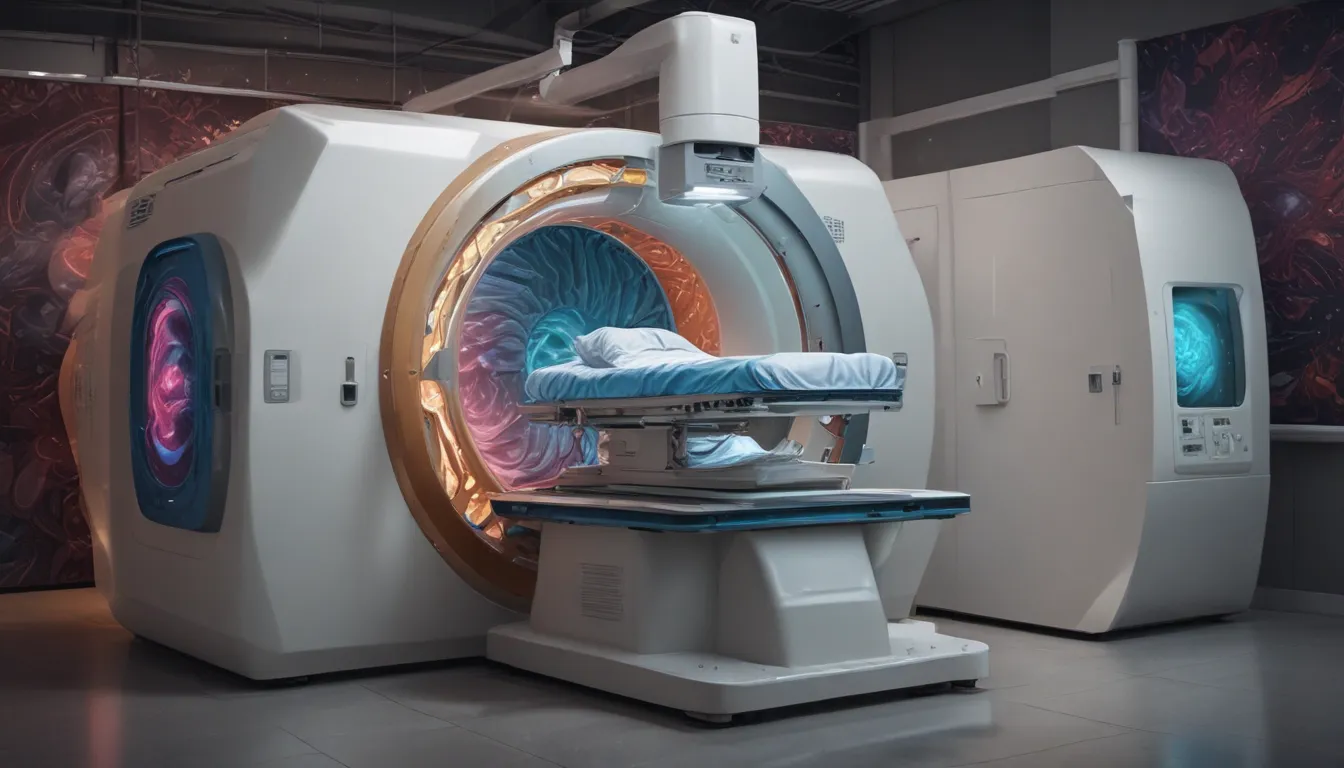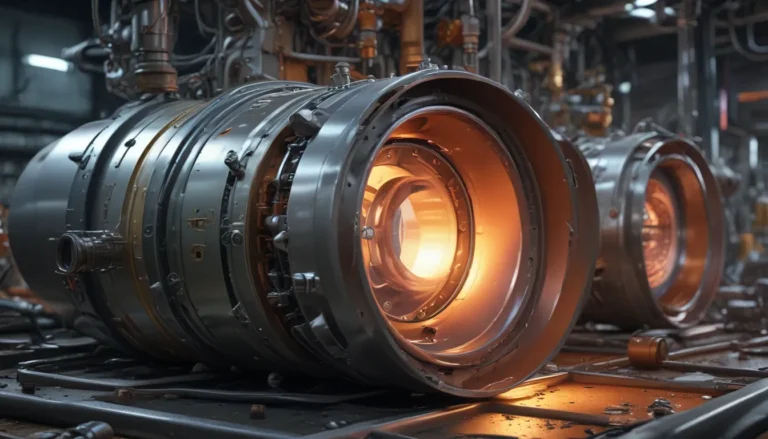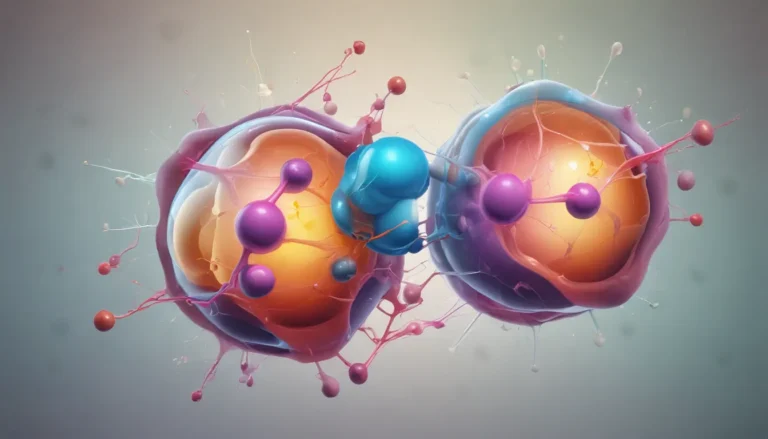A Note About Images: The images used in our articles are for illustration purposes only and may not exactly match the content. They are meant to engage readers, but the text should be relied upon for accurate information.
In the realm of medical diagnostics, Nuclear Magnetic Resonance Imaging, commonly known as Magnetic Resonance Imaging (MRI), stands as a beacon of innovation and advancement. This revolutionary technology has transformed the way healthcare professionals visualize the human body, offering detailed insights without the need for invasive procedures. Let’s embark on an enlightening journey through eight astonishing facts about NMR Imaging (MRI) that will enhance your understanding and appreciation of this remarkable tool.
The Marvel of MRI: A Game-Changer in Healthcare
At the core of modern medical diagnostics, NMR Imaging has reinvented the approach to obtaining detailed images of internal structures with unparalleled precision. By harnessing the power of magnetic fields and radio waves, MRI has paved the way for non-invasive examinations that provide vital information for accurate diagnosis and treatment planning.
Harnessing the Power of Magnetic Fields
Central to the functionality of MRI is its utilization of robust magnetic fields that interact with the body’s atoms to create a detailed internal map. This magnetic resonance phenomenon, combined with radio waves, enables the generation of intricate images that offer insights into the body’s composition with exceptional clarity.
Unveiling Soft Tissue Contrasts with MRI
While traditional imaging methods may fall short in differentiating soft tissues, MRI shines in its ability to provide remarkable contrast between muscles, organs, and blood vessels. This unique capability allows healthcare professionals to identify subtle abnormalities and intricacies within the body, leading to more accurate diagnoses and treatment plans.
Decoding the Intricacies of the Brain with MRI
A champion in neuroimaging, MRI unveils the mysteries of the brain with unprecedented detail and clarity. By capturing intricate structural nuances and detecting subtle abnormalities, MRI plays a pivotal role in diagnosing neurological conditions and facilitating cutting-edge research to map the brain’s intricate networks.
Early Detection through MRI: A Life-Saving Advantage
Timely detection of pathologies is critical in ensuring favorable treatment outcomes. MRI’s exceptional sensitivity enables the early identification of conditions such as tumors, blood clots, and organ abnormalities, paving the way for swift interventions and improved patient prognoses.
Beyond Anatomy: Unraveling Functional Insights with MRI
In addition to its prowess in anatomical imaging, MRI delves into the realm of functional insights through techniques like functional MRI (fMRI). By measuring brain activity, blood flow, and oxygen levels, fMRI provides a deeper understanding of cognitive functions, aiding in the diagnosis of neurological disorders and enhancing treatment strategies.
The Safety of MRI: A Reliable and Non-Invasive Approach
Unlike imaging methods that rely on ionizing radiation, MRI is heralded for its safety and non-invasiveness. With no known risks or side effects, MRI offers a secure imaging platform that can be utilized repeatedly, even in vulnerable populations such as pregnant women and children.
Evolution and Progress in MRI Technology
The landscape of MRI technology continues to evolve at a rapid pace, with ongoing developments enhancing its capabilities and expanding its potential applications. From advancements in magnet strength to refined imaging techniques, the future of MRI holds promise for further breakthroughs in medical diagnostics.
Exploring the Boundless Potential of NMR Imaging
As we navigate through the diverse facets of NMR Imaging (MRI), it becomes evident that this technology transcends traditional diagnostic boundaries, offering a gateway to unparalleled insights into the human body. With its non-invasive nature, remarkable precision, and evolving capabilities, MRI stands as a beacon of hope and progress in the realm of healthcare.
FAQs: Unveiling Insights into NMR Imaging
How does NMR imaging work?
NMR imaging harnesses powerful magnets and radio waves to create detailed images of internal structures by aligning atomic nuclei with magnetic fields.
Is MRI safe?
Yes, MRI is considered a safe imaging technique, devoid of known risks or side effects for most individuals.
What can MRI diagnose?
MRI can effectively diagnose a wide range of medical conditions, including tumors, strokes, multiple sclerosis, and various musculoskeletal disorders.
Do I need to prepare for an MRI scan?
Preparation for an MRI scan typically involves removing metallic objects and informing healthcare providers about any relevant medical implants or devices.
Can I have an MRI if I am pregnant?
While MRI is generally avoided during pregnancy, the decision to undergo imaging depends on the specific circumstances and consultation with healthcare providers.
In Conclusion: Embracing the Marvels of MRI
NMR Imaging (MRI) stands as a testament to human ingenuity and technological advancement, revolutionizing the landscape of medical diagnostics with its unparalleled precision and non-invasive approach. As we unravel the wonders of MRI, let us embrace its potential to transform healthcare and enhance the well-being of individuals worldwide.






